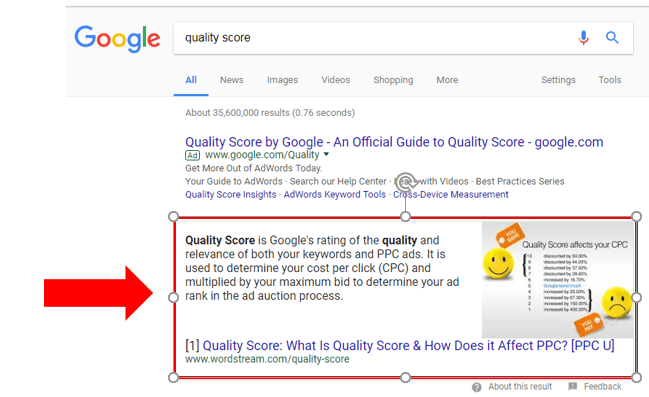What is Semantic Search and How Can You Use It to Optimize for User Intent?

High-quality content has always been important for SEO, but after Google’s Panda algorithm update, content that is relevant and valuable for users has become an essential part of optimizing the search experience and ranking higher on the Google SERP.
This trend of focusing on user intent is what modern-day SEO is all about. One way to achieve quality content that will generate more relevant clicks is through semantic search.
But first, what is semantic search?
As the name suggests, semantic search relates to the contextual meaning of the terms in a search query. It helps improve search accuracy by not only focusing on important keywords but also on the context and real intent of the user.
That is, semantic search can be best defined as a data searching technique that goes beyond answering a simple query and packs all the information a searcher might want to know into one place.
Considering Google wants to direct users to the most relevant page where they will find what they are looking for, semantic search can be used to give content more depth and the relevancy that the searcher (and therefore Google!) is looking for.
How does semantic search actually work?
The best way to understand how semantic search can be applied when creating or optimizing content is through an example. Let’s take a look at how the blog post How to Ace the AdWords Quality Score can be optimized to adequately answer all questions someone who is interested in knowing more about quality score might have.
To have an overall idea of what searchers might be interested in knowing when googling “quality score,” think like a search engine. For an easier route, you can look at Google’s “related search” and “people also ask” sections, as well as the queries that Google suggests while typing in the search box. For this particular example, the following results show up.
Another way to gather the most commonly asked questions relating to a topic is by using tools designed to do so. Any tool that you could use to run a keyword search, such as SEMrush or AdWords Keyword Planner, can be really helpful since it gives you the search volume of each related query.
For some nice visuals, you can try answerthepublic.com to find out through a visual question wheel what queries relating to your topic are the most searched. It can also serve to look up content ideas relating to your industry topic.
As we can see from the screenshots above, the queries “what is quality score” or “quality score definition,” “what is a good quality score,” and “how to improve quality score” come up frequently when we look up the term quality score. The blog post we are trying to optimize contains most of this information, but it is possible to make it even more relevant through semantic search by making sure these recurring queries are all well answered and easy to understand within the post.
You can use these queries to outline your post. Adding clear subheadings answering each query directly helps Google know that your post clearly answers related questions. Whether you’re creating new content or optimizing existing content, these strategies can help you make sure your content provides as much value as possible.
What are the SEO implications of semantic search?
You might ask yourself why should digital marketers care about semantic search and how does it benefit businesses?
The answer, once again, lies in being relevant. Semantic search gives you direction to create content with depth, as it guides you to think about what users are really looking for. Making sure all their questions are answered thoroughly and effectively will help your blog post rank higher in the SERP, and might even help you earn a featured snippet – a position that would rank you above the top organic search result!
In addition to possibly having your page as a featured snippet, semantic search also increases the value of user experience. It’s suspected that better user experience leads to better site performance in search engines.
Therefore, optimizing with semantic search helps the user, who is able to find more relevant and useful results, the search engine, which does its work more effectively by providing superior content, and the business, which ultimately receives more traffic.
Our Director of SEO and Content Justin McIntyre explains that applying semantic search as a strategy does not require much change:
“Semantic search has been critical to providing more personalized, relevant results to users. Since our efforts are already so predicated upon answering user need and intent, this does not require necessarily a change to the spirit of our tactics on the content front. Instead, efforts should be focused on ensuring that Google can understand and associate our content with the variations and parallels it draws with user searches. This means leveraging schema markup, answering questions in content, and more.”
Optimizing for user intent and experience is the future of SEO, and semantic search is a technique that helps you achieve that.
—
Any questions? Shoot us a message.



